Are you looking to enrich the biodiversity of your garden while benefiting from natural insect control? Bats are here to help! These nocturnal creatures, often misunderstood, are actually incredible allies for any green space. Let’s explore why every gardener should consider building a bat shelter, how to do it step by step, and how to care for it. With practical tips and tricks, transform your garden into a haven for these nocturnal mammals and enjoy the many benefits they bring.
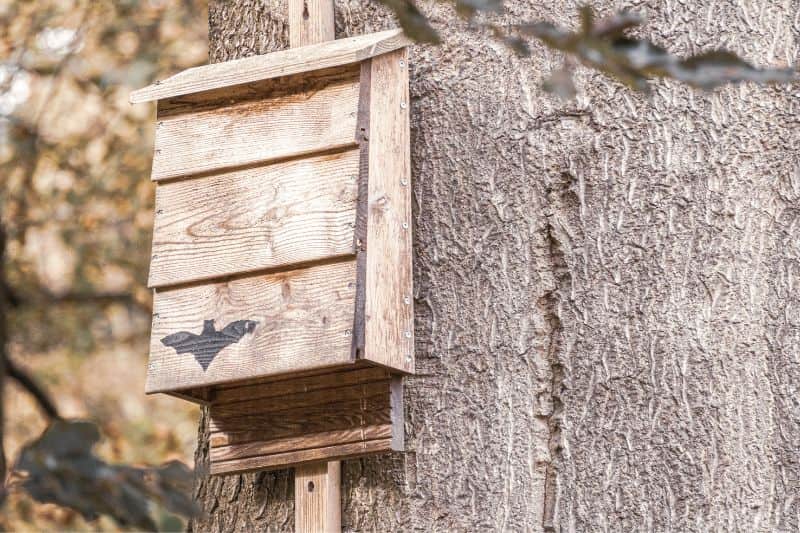
The Importance of Welcoming Bats into Your Garden
When we think of bats, the image that often comes to mind is that of mysterious night creatures, associated with legends and myths (not to mention the famous black-clad vigilante from Gotham City). However, in reality, bats are invaluable allies for any gardener concerned about biodiversity and the natural balance of their garden.
One of the main advantages of these flying mammals is their insatiable appetite for insects! A bat can consume an impressive amount in a single night, acting as a natural regulator of pest insect populations: mosquitoes, ticks, cabbage moths, Japanese beetles, and more. By welcoming bats, you can forgo treatments against these pests, a true benefit for the environment and the health of your garden.
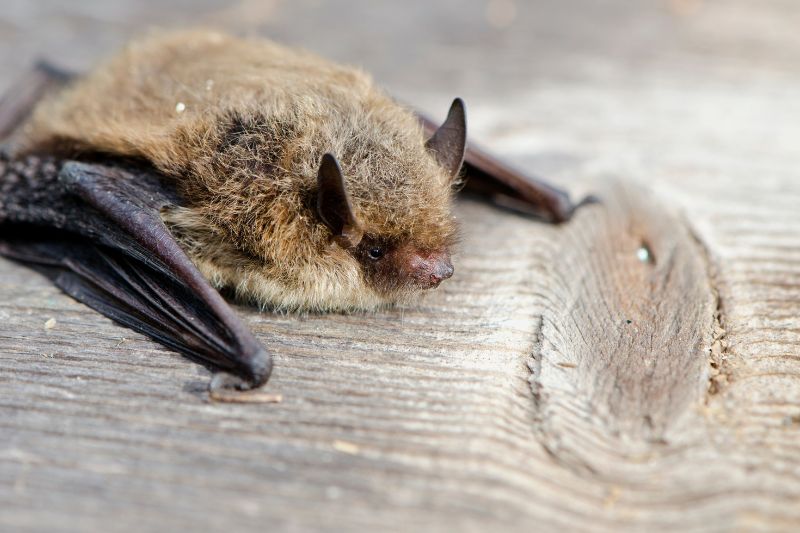
Moreover, bat guano or bat droppings is a rich natural fertiliser that can be used to enrich the soil in your garden. It is high in nitrogen, phosphorus, and potassium, essential elements for plant growth.
Finally, by building a bat shelter, you contribute to the conservation of these fascinating creatures. With the increasing loss of their natural habitats, providing a safe refuge for bats in your garden is an ecological gesture that positively impacts local biodiversity.
The necessary materials
- Untreated wood (cedar or pine are ideal) in the dimensions below
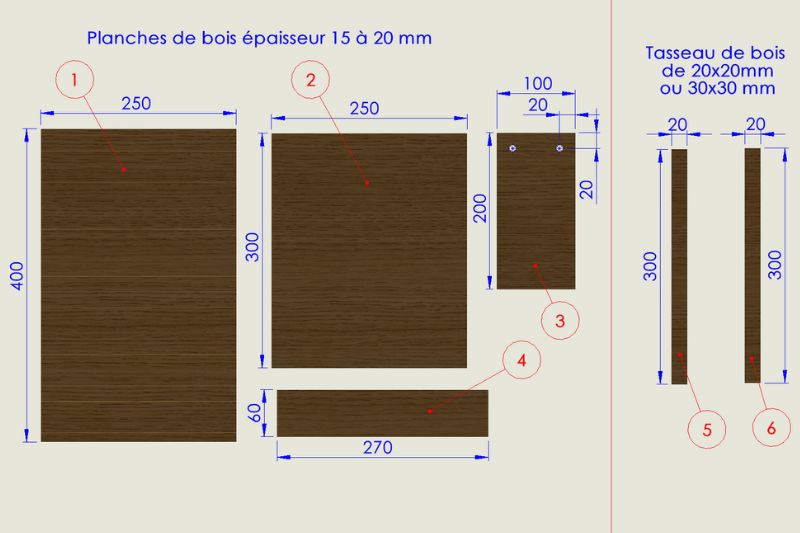
- A saw
- A hammer and nails (or screws)
- A ruler or tape measure
- A drill
- Protective gear: gloves and goggles
Steps to build a bat shelter
Before you start: Cut your wooden boards according to the dimensions indicated (see the image in the previous chapter "necessary materials") to form the basic structure of the shelter. Do not sand the wood, so it remains rough, allowing bats to grip easily.
Step 1 - On board number 1, create grooves a few millimetres deep that will allow bats to grip and climb into the shelter. Note that this step can be replaced by applying a rough coating. You can make these grooves with a saw or a cutter.
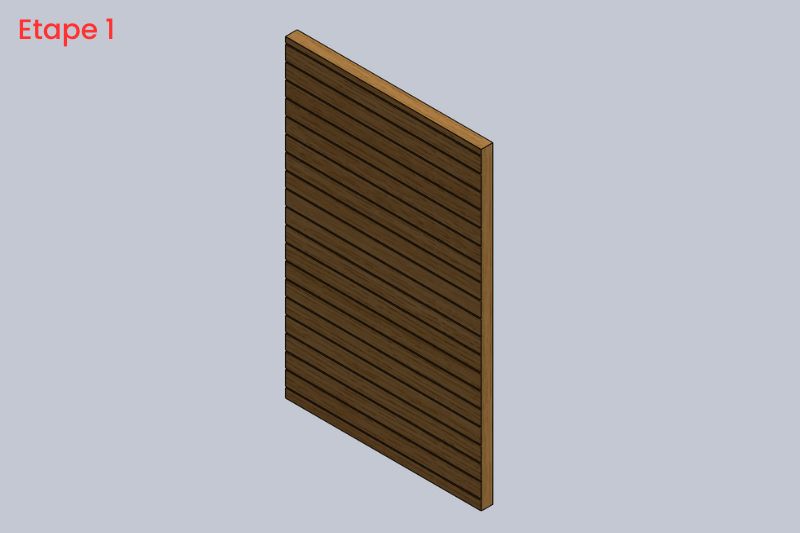
Step 2 - Next, using nails, attach the two battens n°5 and n°6 to the edges of this board n°1.
Step 3 - Then nail board number 2 onto the battens, ensuring there is space to house the bats.
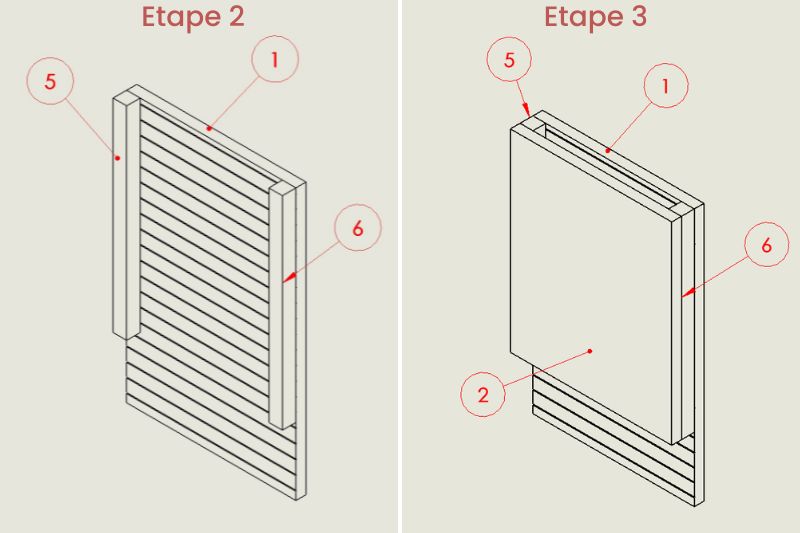
Step 4 - Attach board n°4 on top, which will serve as the roof.
Step 5 - With screws or nails, attach board n°3 to the back of the shelter. Drill two holes to allow for fastening.

Your bat shelter is ready! All that’s left is to install it.
Choosing the ideal location to install the bat shelter
- The location of your bat shelter is crucial for its success. Install it at a height of at least 3 metres to protect bats from predators and facilitate their access. You can attach it to a house wall, a tree, or the top of a post.
- A south or southeast orientation captures the warmth of the sun, making the shelter more inviting, especially during winter.
- Bats like to drink while flying, and having a water source nearby, such as a pond or marsh, can attract them even more.
- Finally, choose a spot away from bright lights (streetlights, outdoor house lighting) to respect their nocturnal nature.
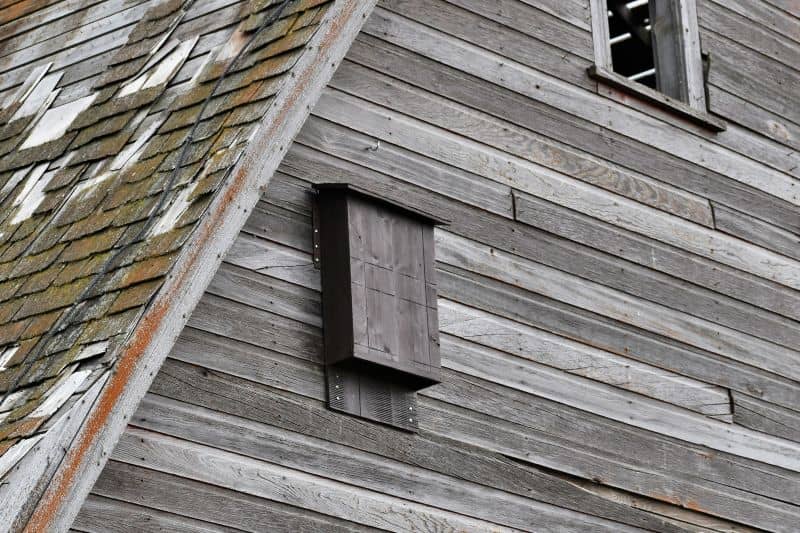
Maintaining the bat shelter
Regular maintenance of your shelter is essential to ensure its appeal to bats.
- Before the breeding season, in spring and summer, clean the inside of the shelter to remove any parasites or debris that might deter bats from settling in.
- Inspect it periodically for any damage from the weather or intrusions by other animals.
- Finally, be aware of the environment around the shelter. Bats are sensitive to chemicals and pesticides. Avoid using these products near the shelter to not repel or harm these precious flying mammals.
































Comments